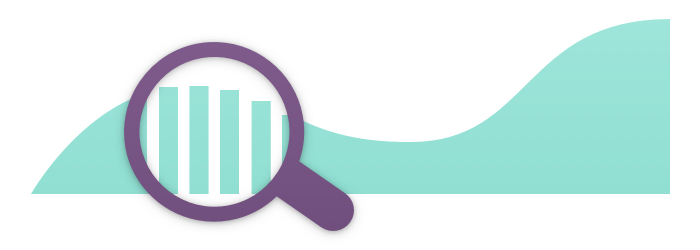Dashboard Design Best Practices: The Dashboard's Purpose
Posted by on December 17, 2015 Data Analytics
Your business intelligence dashboard is the portal to your most important business metrics and insights. It can be the daily gateway into your team’s activities, the scoreboard for your organizational goals, or a way for your company’s stakeholders to find new insights.

As we all rush to build our dashboards, and immediately start creating charts and visualizations, little attention is paid to building a design focused dashboard.
This series of blog posts will guide you through building a functional, but beautiful dashboard.
Understand the Purpose of Your Dashboard
Before you begin building your dashboard, take a step back and consider why you are building this dashboard. Laying a foundation for the purpose of your dashboard and keeping that in mind will guide your actions towards building the best visualization for your intended purpose. Consider the following:
Who is the audience?
Defining the audience of the dashboard ensures that you create a message that resonates with them. A dashboard is like a visual story, and it’s your job to make sure the audience finds the story engaging and worth reading.

Build your dashboard with the audience in mind, whether that audience is yourself, your co-worker, or another team. Some dashboards will have multiple audiences, and in some cases can suit everyone’s needs without conflict. But in other cases you’ll have to balance audience priorities and decide which role is more important.
Some questions that will help you define your audience:
- Who will be using this dashboard?
- What are their needs?
- What do they already know?
- Does your dashboard answer the questions that this audience cares about?
- It is in a format that your audience can read?
- Are they looking at the dashboard on a daily basis?
What value does the dashboard bring?
Define the value of building this dashboard. You shouldn’t build a dashboard just for the sake of having one. Establish the core question that this dashboard is trying to answer and what value the answer will provide. If you are building a dashboard to display the company’s KPIs - what is the value in that? Is there value in looking at the KPIs? Or is the value in being able to see the KPIs and quickly make data-driven decisions?
Value can take many shapes and forms and may be dependent on additional context. Are you trying to save time? Save money? You may be trying to gain deeper insight into your customer’s behavior, or ensure a goal and performance driven culture.
What are the key metrics to focus on?
Now that you have established who this dashboard is for, and the value it should bring, begin deciding on what you will be measuring and displaying on the dashboard. What information is applicable for this dashboard? Establish the useful and productive metrics that help you answer your question and provide the value you are trying to give.

Keep metrics actionable, but simple so they are easily interpreted. If applicable, also establish goals for those metrics to keep yourself accountable.
Coming up next: In my next post we’ll go over best practices for building a dashboard layout.


